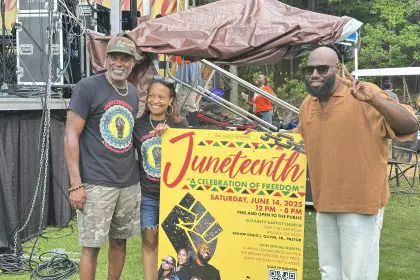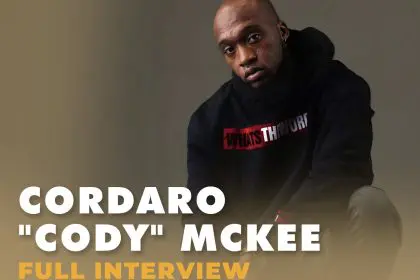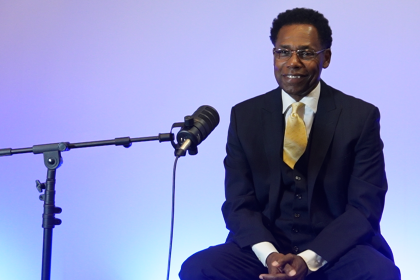Williams liked the idea of foregoing monetary compensation for his services on the mural but receiving scholarship funding for his son instead. That’s the mindset we all need to have. Getting paid right now is great, but leveraging services you provide now for something worth even greater value for your children in the future is what legacy building is all about.
In this case, not only would he be leaving his treasured artwork at a historically Black college, but he also would be opening the doors of opportunity for his son to educate himself further and begin building his own legacy on the very campus where his father made history.
A big component of building a legacy involves the preservation of that legacy. Artists and owners of artwork must carefully consider how they want to be remembered and how they want their art to be handled when they’re gone. It requires advanced planning and various alternatives because art involves more uncertainty than other assets.
Artwork could be the most valuable asset in someone’s estate, so one must consider the tax implications (and other practical considerations) that are associated with the sale, transfer and donation of art. Artists may want to consider donating the artwork to an institution or even creating an institution to showcase the art.
To date, Williams has created a large volume of work. The Atlanta murals are just a fraction of his collection. Like most artists, his primary concerns in estate planning center around preserving his art collection, protecting the intellectual property rights within the works, and maximizing the sale proceeds.
Check out the gallery of photos of some of Williams’ murals in Atlanta’s West End.














